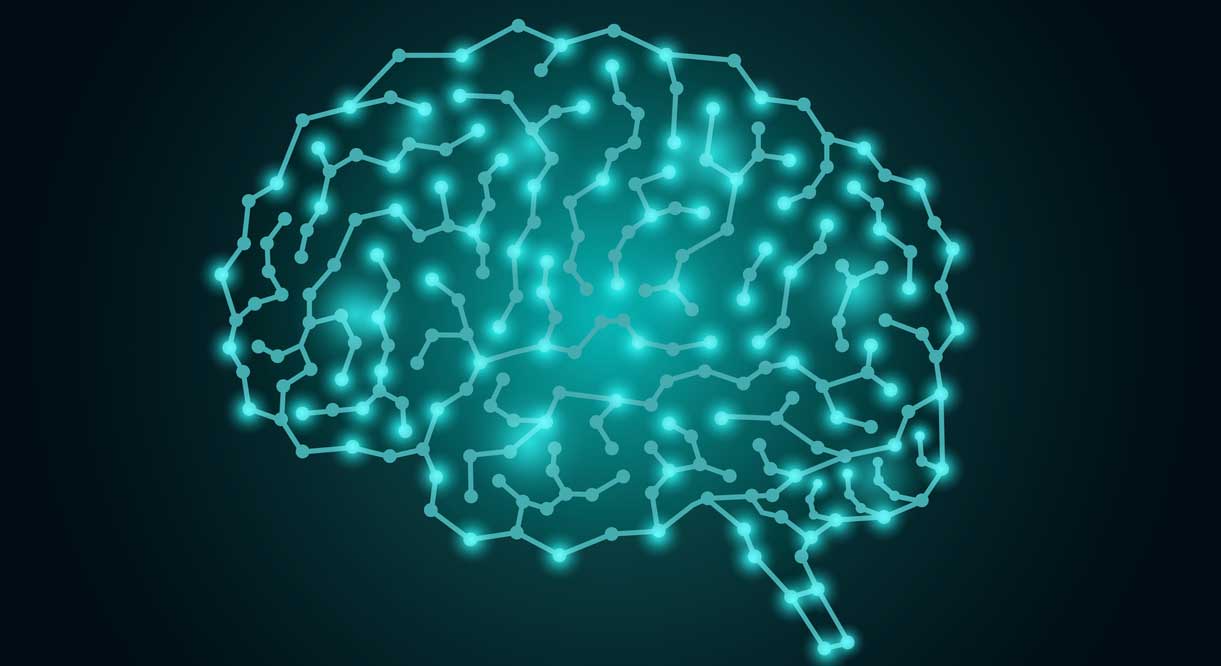-
- Find Care
-
- Visitor Information
- Find a Location
- Shuttles
- Visitor Policies
-
-
- Our Virtual Care Options
- Virtual Urgent Care
- Virtual Visits for Primary & Specialty Care
- Online Second Opinions
- Participate in Research
-
- Contact us
-
- For Innovators
- Commercialization Guide for Innovators
-
-
- Research News
- Alzheimer's Disease
- Artificial Intelligence
-
- Overview
-
- Overview
- Getting Started
- New to Mass General Brigham
- International Patient Services
- What Is Patient Gateway?
- Planning Your Visit
- Find a Doctor (opens link in new tab)
- Appointments
- Patient Resources
- Health & Wellness
- Flu, COVID-19, & RSV
- Billing & Insurance
- Financial Assistance
- Medicare and MassHealth ACOs
- Participate in Research
- Educational Resources
- Visitor Information
- Find a Location
- Shuttles
- Visitor Policies
- Find Care
-
- Overview
- Our Virtual Care Options
- Virtual Urgent Care
- Virtual Visits for Primary & Specialty Care
- Online Second Opinions
-
- Overview
- Participate in Research
-
- Overview
- About Innovation
- About
- Team
- News
- For Industry
- Venture Capital and Investments
- World Medical Innovation Forum (opens link in new tab)
- Featured Licensing Opportunities
- For Innovators
- Commercialization Guide for Innovators
- Contact us
-
- Overview
- Information for Researchers
- Compliance Office
- Research Cores
- Clinical Trials
- Advisory Services
- Featured Research
- Two Centuries of Breakthroughs
- Advances in Motion (opens link in new tab)
- Brigham on a Mission (opens link in new tab)
- Gene and Cell Therapy Institute
- Research News
- Alzheimer's Disease
- Artificial Intelligence
-
- Overview
-
- Overview
- Residency & fellowship programs
- Brigham and Women's Hospital
- Massachusetts General Hospital
- Mass Eye and Ear
- Newton-Wellesley Hospital
- Salem Hospital
- Integrated Mass General Brigham Programs
- Centers of Expertise
- Global & Community Health
- Health Policy & Management
- Healthcare Quality & Patient Safey
- Medical Education
- For trainees
- Prospective trainees
- Incoming trainees
- Current trainees
- Continuing Professional Development
What Is Deep Brain Stimulation?

Deep brain stimulation (DBS) is an FDA-approved treatment for several neurological conditions, including epilepsy, tremor, and Parkinson’s disease. During treatment, a doctor implants a device deep inside the brain. Electrodes on the device send safe pulses of electricity to areas of the brain responsible for symptoms.
“You can think of it like a pacemaker for the brain,” says Michael D. Fox, MD, PhD, a Mass General Brigham neurologist. “The device allows us to control bothersome symptoms in a way we can’t with regular medication.”
Dr. Fox is director of the Center for Brain Circuit Therapeutics at Brigham and Women’s Hospital. He specializes in movement disorders, Parkinson’s disease, and brain stimulation therapies.
To date, more than 160,000 people have had the device implanted. Dr. Fox explains how DBS treats Parkinson’s disease and answers frequent questions about the electrical treatment.
What is Parkinson’s disease?
According to the National Institutes of Health (NIH), Parkinson’s disease affects at least 500,000 people in the United States. The condition is a disease of the brain and nervous system that worsens over time and affects movement and motor skills.
What are signs or symptoms of Parkinson’s disease?
Most patients with the condition experience:
Stiffness
Uncontrollable shaking or tremor
Impaired posture or balance
Loss of automatic movements, such as swinging your arms when walking
Changes in speech and writing
Symptoms typically begin in a limb — often in the hand or fingers. Most patients experience at least one non-motor symptom, including:
Thinking difficulty
Emotional changes
Bladder issues
Constipation
How is Parkinson’s disease typically treated?
The brain uses chemicals called neurotransmitters to control activity throughout the body. One crucial neurotransmitter is dopamine, which patients lose with Parkinson’s disease.
Doctors usually begin treatment with medication to replace lost dopamine. The medication relieves certain motor symptoms, such as stiffness and slow walking. However, some patients have symptoms — like tremor — that medication doesn’t improve. Others experience symptoms that come and go, or their medication may wear off at unpredictable times of the day.
“I’ve had patients who are out in public and suddenly feel symptoms return,” says Dr. Fox. “They’re stuck where they are and feel utterly helpless.”
What are the benefits of deep brain stimulation?
Dr. Fox compares parts of the brain to the electrical circuits of a home. Each circuit powers a different room: the kitchen, the bathroom, the living room, and so on. If someone uses a blow dryer in the bathroom and overloads the circuit, power goes out in the bathroom, but not in the rooms powered by different circuits.
The brain works in a similar fashion. Different areas control unique functions; one area controls breathing and swallowing and another controls hand movement. DBS targets brain circuits most affected by Parkinson’s disease while avoiding other circuits. Doctors can activate multiple spots on the implanted electrodes and fine-tune the intensity of the electrical currents.
Dr. Fox has seen, on average, a 70% improvement in tremor symptoms among patients with Parkinson’s disease who undergo DBS after struggling with their medication. Countless others experience relief from additional motor symptoms, including stiffness and slow movements.
Who is a good candidate for deep brain stimulation?
DBS is not a one and done procedure. A neurologist must evaluate whether DBS can help improve a patient’s most bothersome symptoms. Certain symptoms, such as those related to balance and walking, might benefit little from the intervention. If patients identify those symptoms as most bothersome, doctors consider other treatment options.
If DBS can help, patients meet a brain surgeon who explains the risks of the surgery, including stroke or brain bleeding. Patients then undergo testing to help plan the procedure. Doctors may evaluate patients for depression or memory trouble. They may ask patients to take their medication in front of them to assess which symptoms improve and which do not. Most patients undergo an MRI.
After completing their evaluation, doctors schedule surgery to implant the device.
What are the risks of deep brain stimulation surgery?
DBS surgery can last a single day, or it can occur over 2 separate days. The brain heals in about 4 to 6 weeks, after which time a doctor activates the device. For 3 to 4 months, doctors assess how patients react to different electrical settings and monitor for side effects, including:
Problems with speech or vision
Dizziness or lost balance
Extra movements (called dyskinesias)
Tiredness
Depression
Infection
Device malfunction
Paving the way for better outcomes in Parkinson’s disease patients
Despite impressive outcomes from DBS, many patients and providers are not aware of its benefits. Doctors only refer about 1 of 3 patients with Parkinson’s disease who could benefit from treatment, according to Dr. Fox.
“This is a treatment option I want more patients and providers to be aware of so they can consider it in the arsenal of treatments we have to combat Parkinson's disease symptoms,” he says. “The future of medicine begins with confronting complex diseases with groundbreaking science, and it’s exciting to know we’re blazing this trail every day across Mass General Brigham.”
